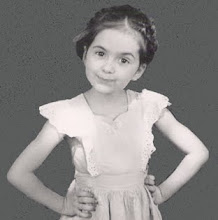The amazingly talented couple who started the faire in the 1960’s were Phyllis and Ron Patterson. Phyllis was a teacher and Ron an artist (he recently passed away). Authenticity was at the top of their list of priorities for the faire all the years they were in charge, sometimes to the chagrin of the artisans and participants, but as faire-goers we always appreciated the details and choices the Pattersons had made that enabled us to feel that when we parked our cars on the chamomile-scented hillside we were stepping back into the 16th century. Such immersion in what feels so like Elizabethan England is a joy for those of us who enjoy historical fiction (or non-fiction) or just like to step away from modern life.
 My sister and I have visited or worked there every year for more years than I choose to tell. It’s changed a lot since its early days in the oak covered Agoura hills. But in some ways it’s wonderfully the same, especially in the many friends we’ve made there: the crafts people and artists who really are the faire to us. It has also always been a wonderful source of inspiration for me, as a writer, an illustrator and a painter.
My sister and I have visited or worked there every year for more years than I choose to tell. It’s changed a lot since its early days in the oak covered Agoura hills. But in some ways it’s wonderfully the same, especially in the many friends we’ve made there: the crafts people and artists who really are the faire to us. It has also always been a wonderful source of inspiration for me, as a writer, an illustrator and a painter.In such a setting there is, for an artist, an abundance of images to sketch or photograph for future reference, and this year I continued to supplement my large collection of reference views of costumes and accouterments, which in some cases are faithfully-reproduced examples of life in the 16th century. I took several photos of back views of costumes this year, as sometimes those costume references are not available. I’m currently working on illustrations for which all these years of joyful research are especially useful.
Huzzah for the Renaissance Faire!






















